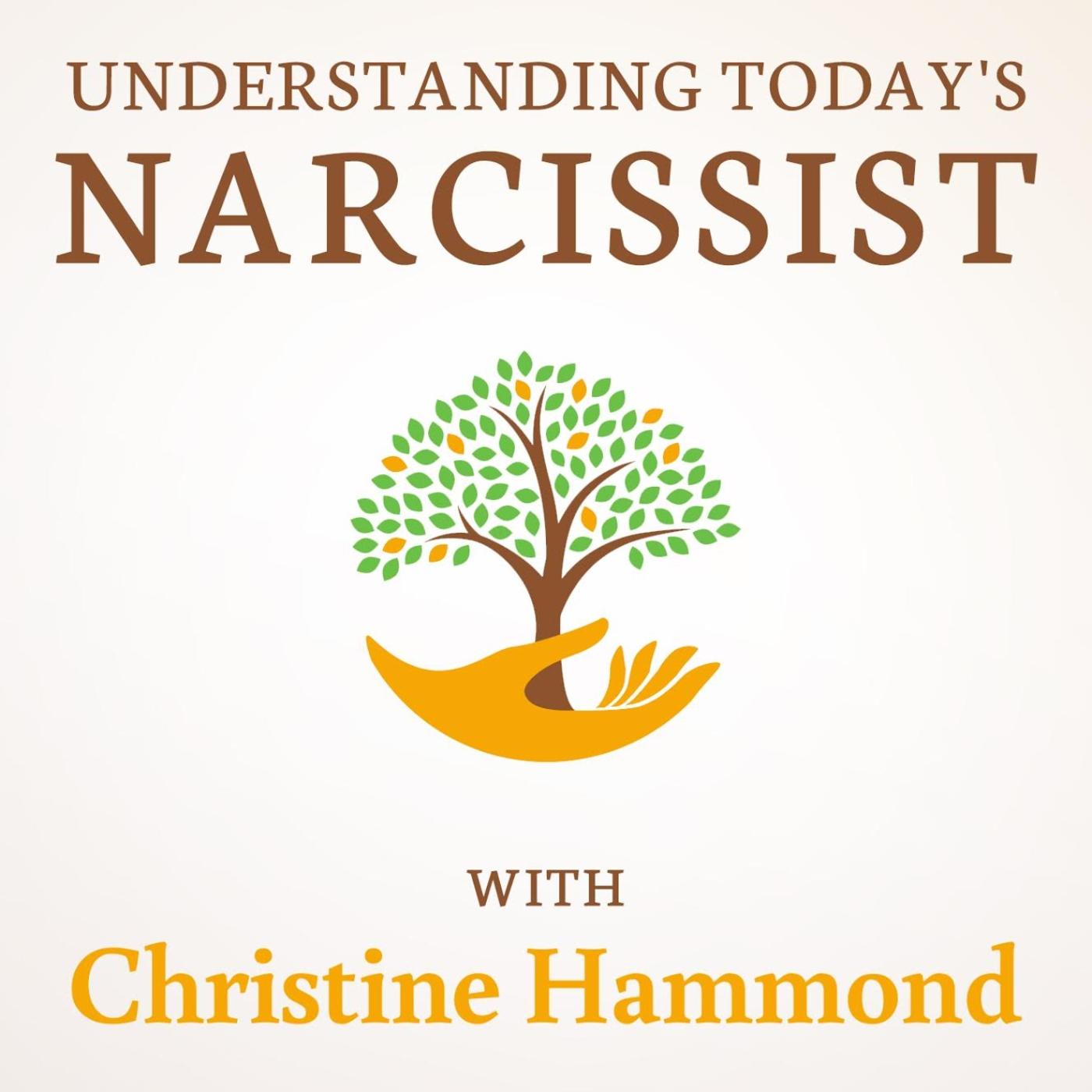Understanding Today's Narcissist
Healing from a Narcissistic Parent

loading...
October 10, 2018 1:00am
15m
The moment Brian first really understood the term Narcissistic Personality Disorder, a light bulb went off in his brain. He spent most of his life thinking he was crazy, lazy, and stupid – three words his father often said about him to other family members and friends. His father also severely and harshly disciplined him, set-up unnecessary competitions in which his dad was the winner, never apologized, showed no empathy even when Brian was hurt, and treated everyone like they were inferior.
For years, Brian struggle with insecurity, anxiety, depression, and feelings of inadequacy. After his business failed, Brain decided it was time to rethink his life, so he began therapy. It didn’t take too long before the therapist identified narcissistic characteristics in his father. Suddenly, everything became clear that the very issues he struggled to overcome were a direct result of having a narcissistic parent.
But knowing this information and healing from it are two different matters. The lack of self-esteem, obsessive thinking, minimization of abuse, excessive anxiety, fear-based reactions, and heightened survival instincts are common among adult children of narcissists. The distorted perception of reality a narcissistic parent imposes on a child has damaging consequences on the adult at work and home. By addressing the impact of narcissism, a person finds relief. Here are the seven steps:
- Recognize. The first step in the healing process is to admit that there is something wrong with a parent’s behavior. A person can’t recover from something they refuse to acknowledge. Most narcissistic parents pick a favorite child, the “golden child,” who is treated as if they walk on water, this was Brian’s older brother. In comparison, Brian was treated as inferior through belittlement, comparing, ignoring and even neglect. Occasionally, his father switched his favoritism depending on the performance of a child. When Brian received a football scholarship, his dad treated him like the golden child; but when he lost it due to an injury, he was inferior again. The key to remember is that narcissistic parents see the child as an extension of them so they take credit for the successes and reject the child who fails.
- Study. Once the narcissism is identified, it is essential to gain an education about the disorder and how it affects the entire family system. Narcissism is part biology (other family members likely have the disorder as well), part environment (trauma, abuse, shame, and neglect can draw narcissism out), and part choice (as a teen, a person chooses their identity and what is acceptable behavior). Since there might be other narcissists or personality disorders in a family, it is easy to trace the pattern. The environment and choice factors can further draw out the narcissism in a child which is cemented by age eighteen.
- Recount. This next step is comfortable in the beginning but becomes more difficult as the impact of the narcissism is realized. For each sign and symptom of narcissism, recall several examples in childhood and adulthood when the behavior is evident. It helps to write these down for reference later. The more time that is spent doing the step, the more significant the impact of the healing. Each of these memories needs rewriting with a new dialogue of, “My parent is narcissistic, and they are treating me this way because of that.” This is very different from the old internal dialogue of “I’m not good enough.”
- Identify. During the previous step, it is highly likely that some abusive, traumatic, and neglectful behavior on the part of the narcissistic parent becomes evident. Abuse for a child can be physical (restraint, aggression), mental (gaslighting, silent treatment), verbal (raging, interrogating), emotional (nitpicking, guilt-tripping), financial (neglect, excessive gifting), spiritual (dichotomous t
Christine Hammond, MS, LMHC
Host
loading...